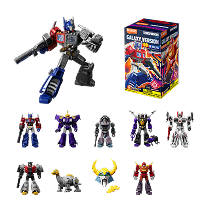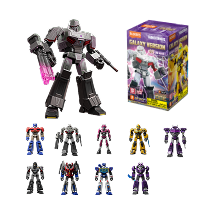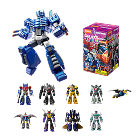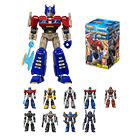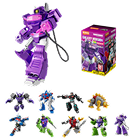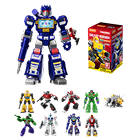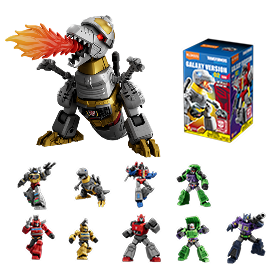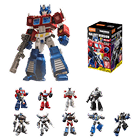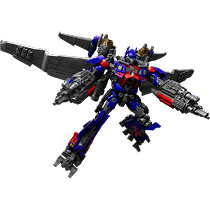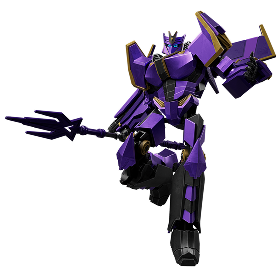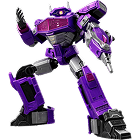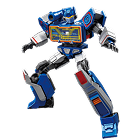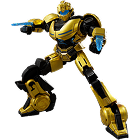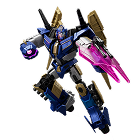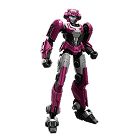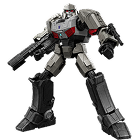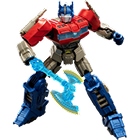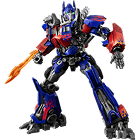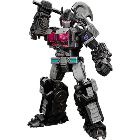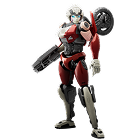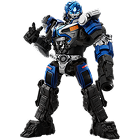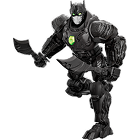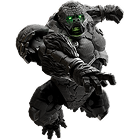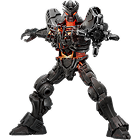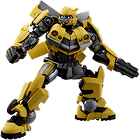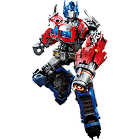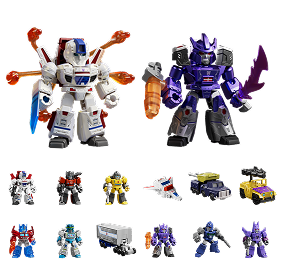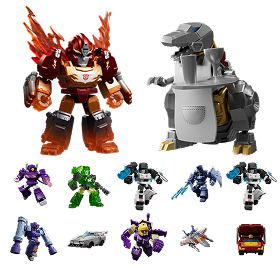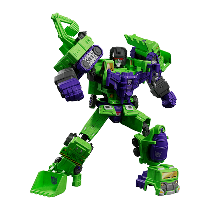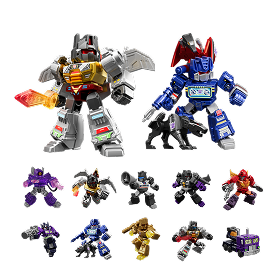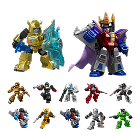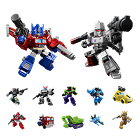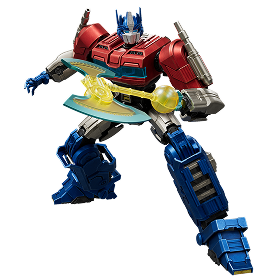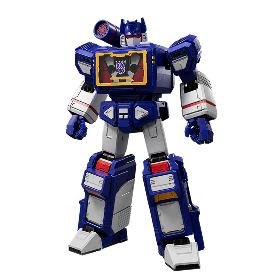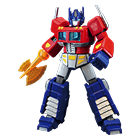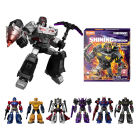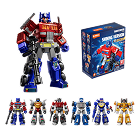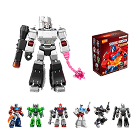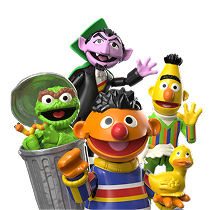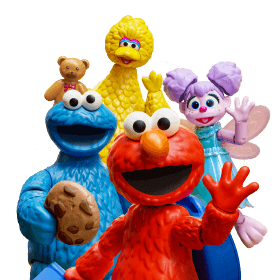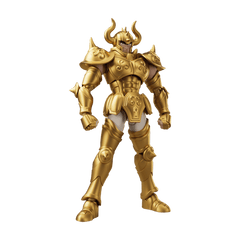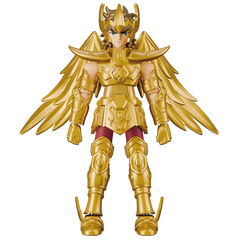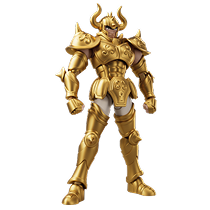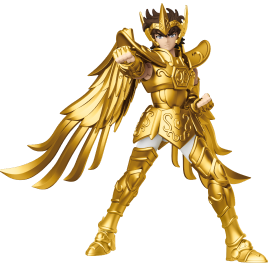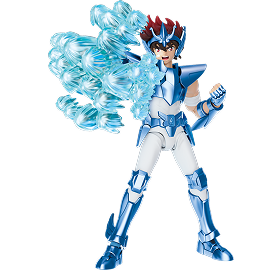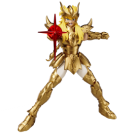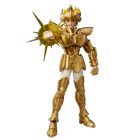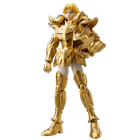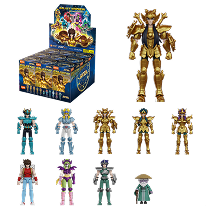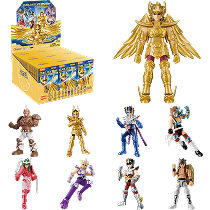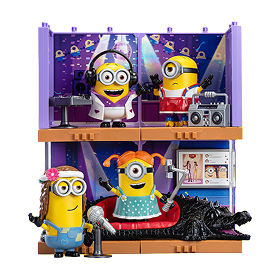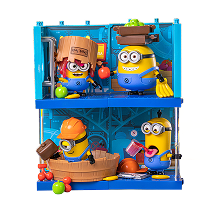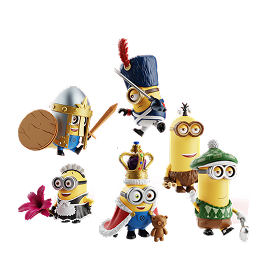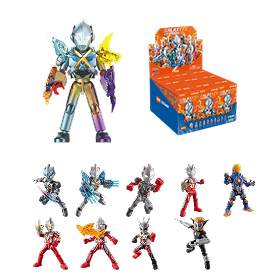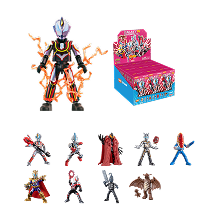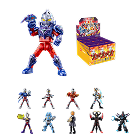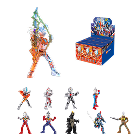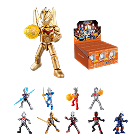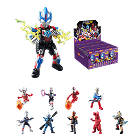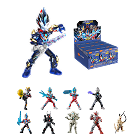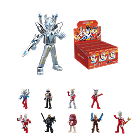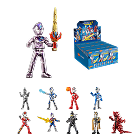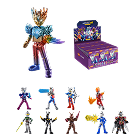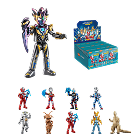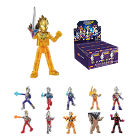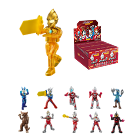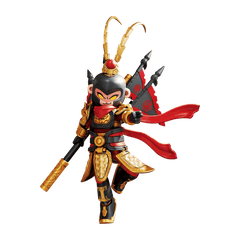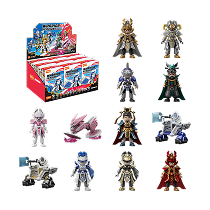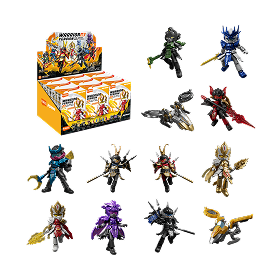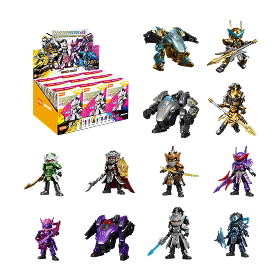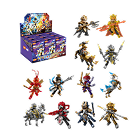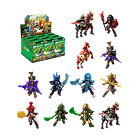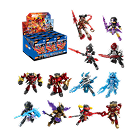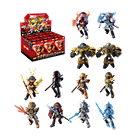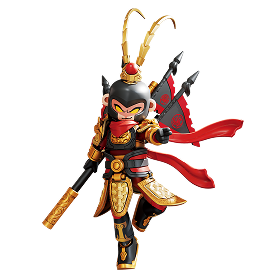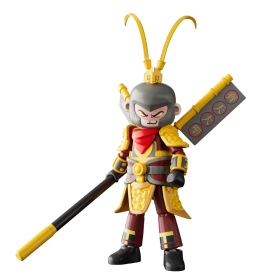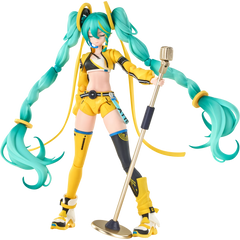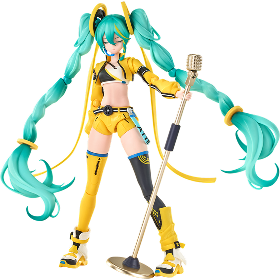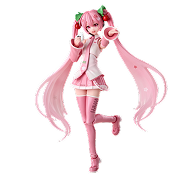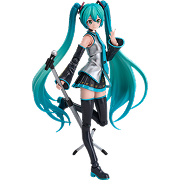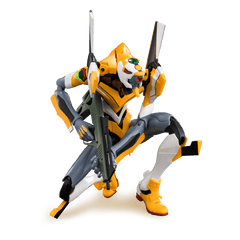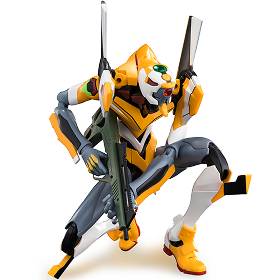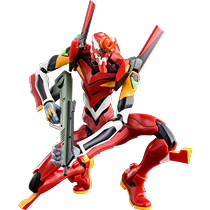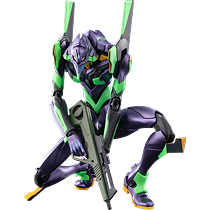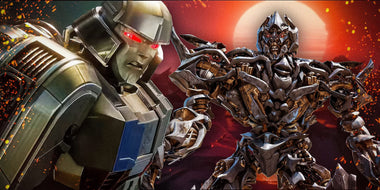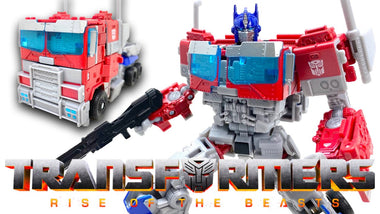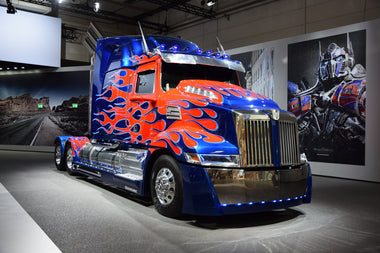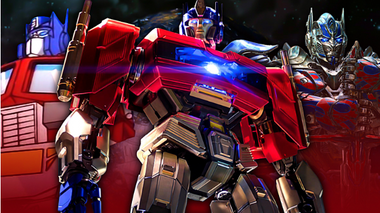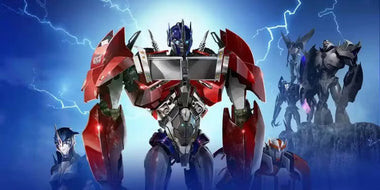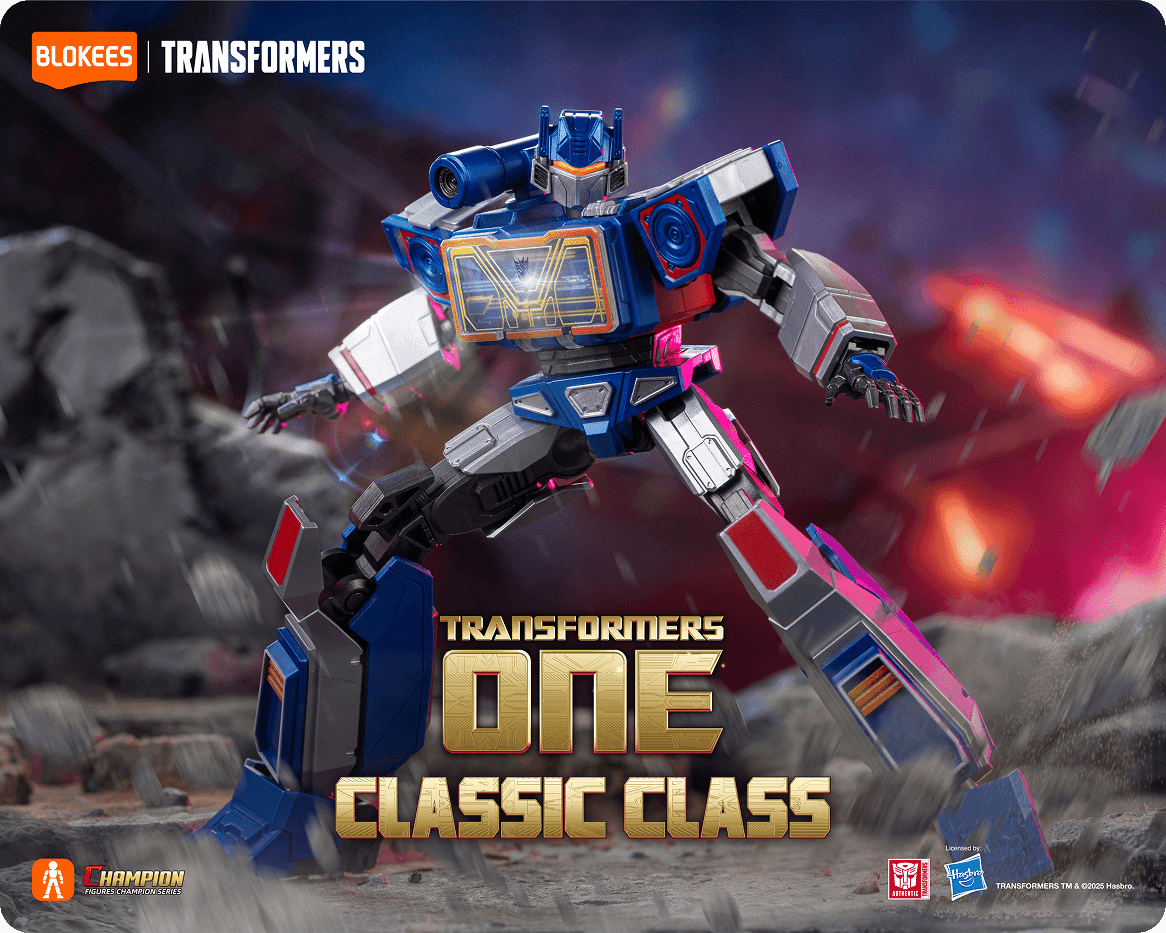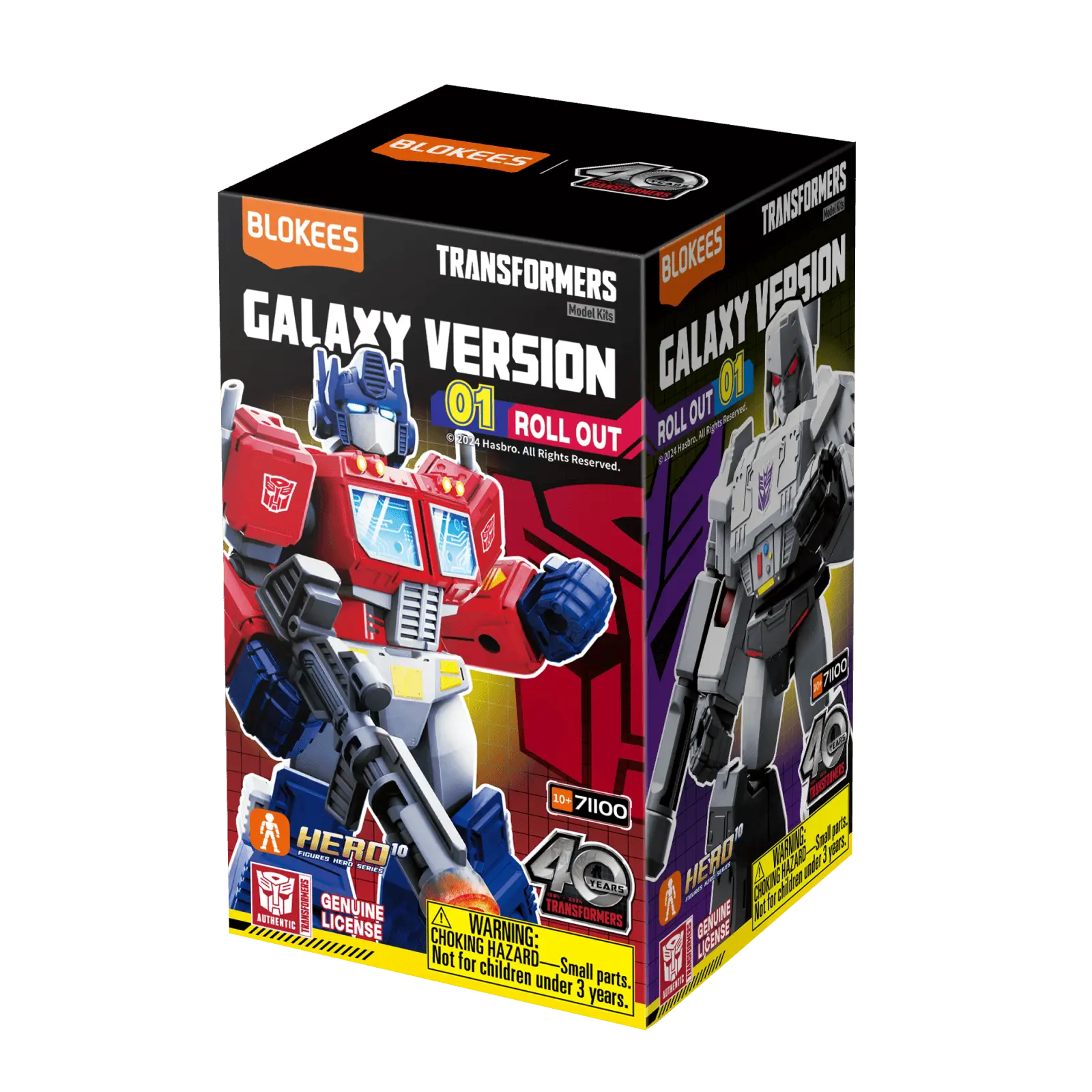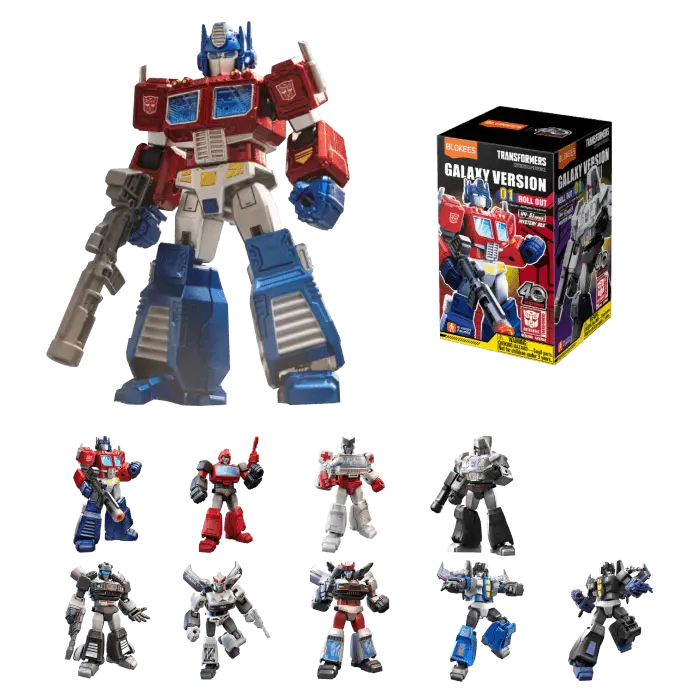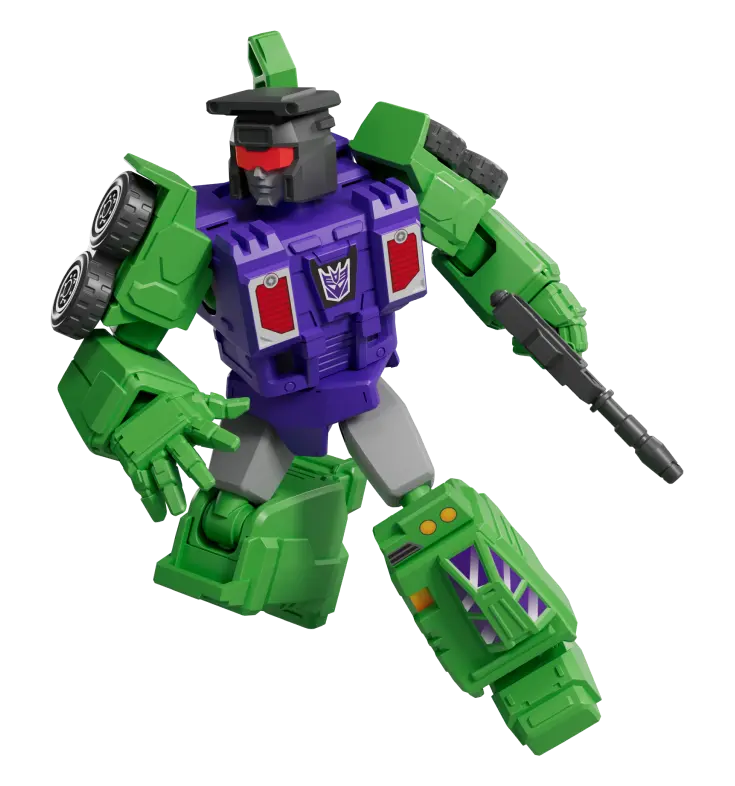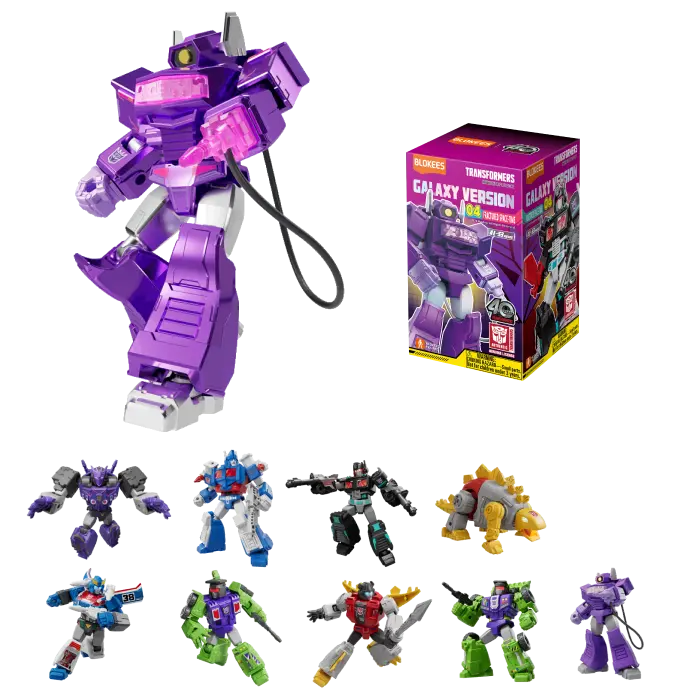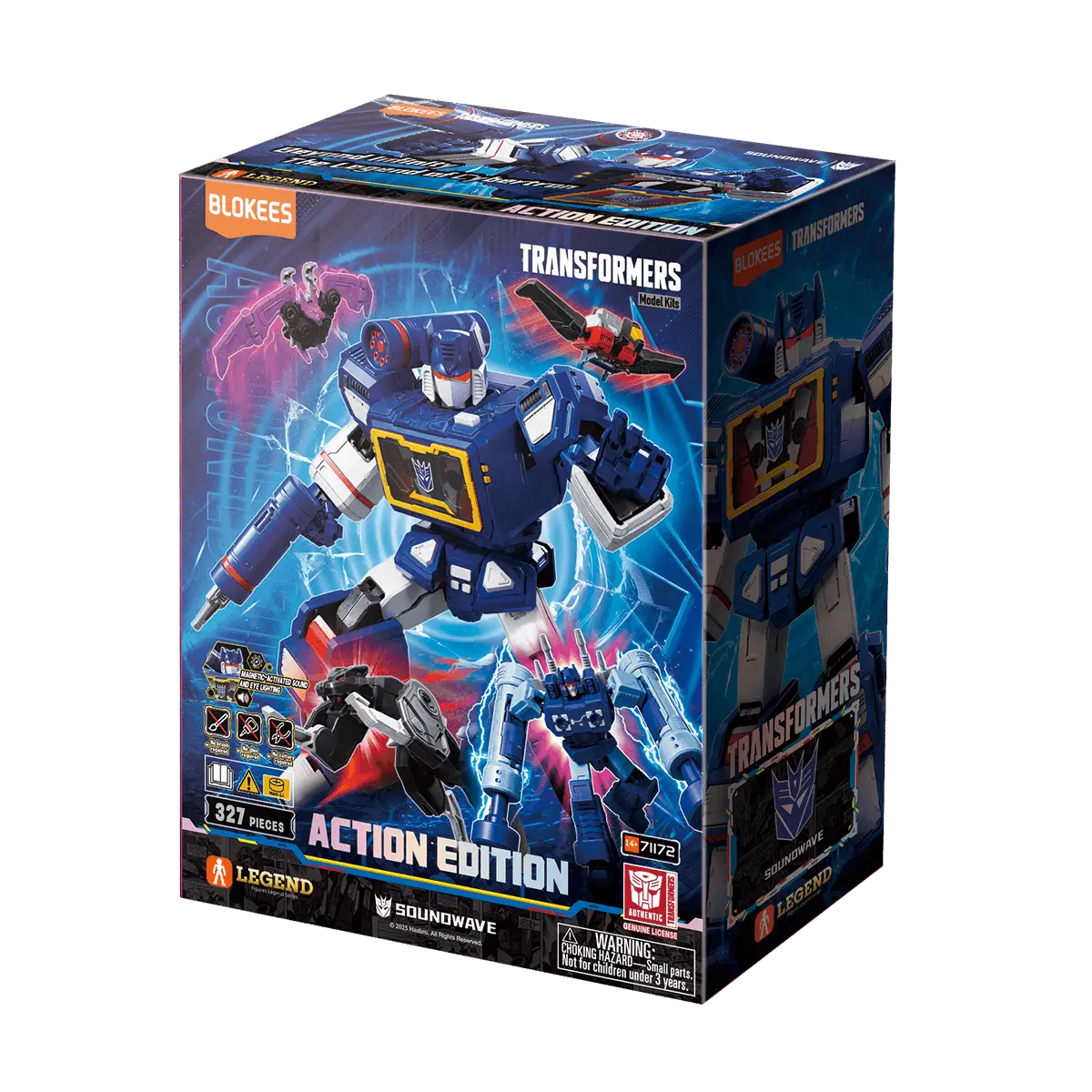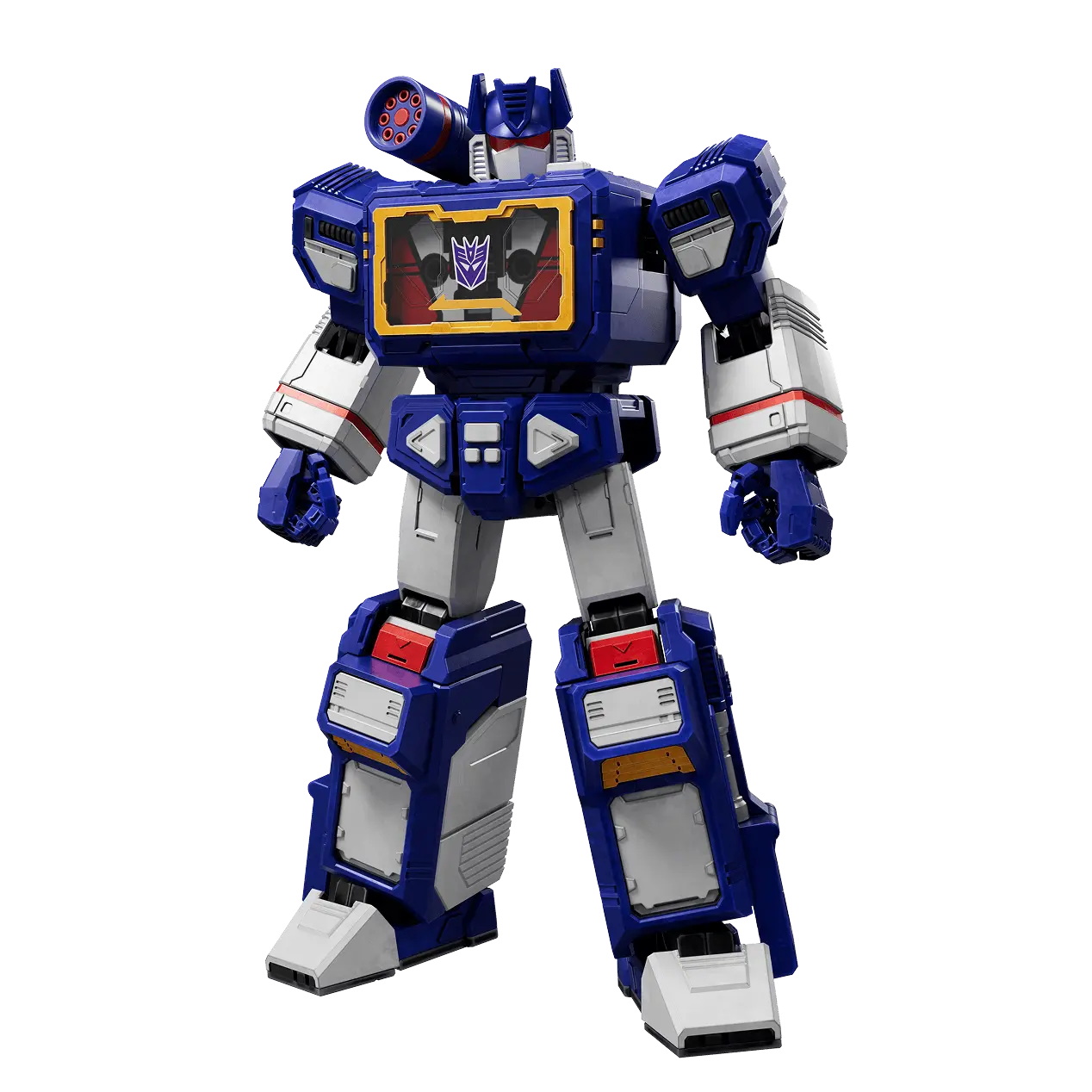The evolution of the Transformers robot toy has shaped generations of fans from snap-together builds to articulated action figures.
And today, that legacy continues with figures that are smarter, more expressive, and more buildable than ever.
Why Transformers Robot Toys Still Matter Decades Later
The continued popularity of the robot toy transformers category speaks to its versatility and impact.
With each release, fans are not only collecting, they're constructing, posing, and creating. These figures don’t just sit on shelves. They tell stories. They flex. They evolve.
Modern transformers toy robot kits offer more than passive play. They introduce engineering logic, develop fine motor skills, and encourage imagination through pose-ready design. With 20+ points of articulation standard in many builds, each figure reflects the balance of design complexity and user accessibility.
The current collection at Blokees brings that legacy forward with snap-fit models that allow builders to bring robots to life from the inside out without tools, glue, or paint.
History, Innovation, and Current Trends
In this guide, we’ll explore how the Transformers robot toy has changed over time from early static figures to modern-day kits that combine articulation, build satisfaction, and collectible appeal.
- How early figures laid the foundation for modular and poseable designs
- What today’s build-focused robots offer in terms of customization and quality
- Why kits with 20+ parts and multi-joint systems represent the future of the category
Whether you’re new to the world of robot transformers toys or a longtime fan of this evolving line, this article will walk you through where the legacy began and where it’s going next.
G1 Transformers Robot Toys (1984–1987)
The first generation of Transformers robot toys laid the groundwork for everything that came after. Many of today’s modern kits continue to take cues from this foundational era, and you can still see its influence in current releases across the Transformers lineup at Blokees.
Design and Articulation of Early Robot Transformers Toys
Articulation was limited, often relying on static limbs or simple rotation. But even then, the potential for roleplay and team-based storytelling was already baked in.
Today, kits reflect that legacy but elevate it through engineering. You’ll now find figures with 20+ articulation points, allowing for expressive poses and precise adjustments.
The snap-fit system seen in current models reflects a continuation of the original hands-on format, now reimagined for builders who value movement, symmetry, and sculpt accuracy.
Influence of Japanese Mecha Design and Diaclone Roots
Modern transformers toy robot kits available through Blokees continue to echo their origins. This mechanical clarity continues in today’s build kits, where parts are color-separated, pre-formed, and designed to replicate function through motion. Every hinge, every connector, every shoulder joint plays a part in delivering that tactile, mecha-inspired design language even without electronics or gimmicks.
G1 Figures That Defined the Era: Optimus, Megatron, Starscream
Even as newer waves are released, it’s clear that the foundational trio Optimus Prime, Megatron, and Starscream remain central to the evolution of the robot toy transformers category.
At Blokees, these characters continue to be reimagined as pose-ready, snap-fit figures that allow users to rebuild the legacy from the ground up.
The 90s–2000s Era: More Movement, Bolder Style
The evolution of the Transformers robot toy line in the 90s and early 2000s marked a turning point. While early figures emphasized mechanical simplicity and basics, this new era leaned into bold shapes, dynamic motion, and themed innovation, a foundation that directly influences modern kits available today at Blokees.
Beast Wars and the Rise of Animal-Based Transformers
Though Blokees focuses on robotic and vehicle-based figures, the play philosophy introduced during the Beast Wars era still echoes through today’s kits.
Back then, robot forms shifted to animal-inspired silhouettes, expanding what a robot toy transformers figure could look like. It wasn’t just about alternate modes it was about movement, transformers, and expression.
Introduction of Electronic Features and Action Gimmicks
During the early 2000s, the Transformers toy robot category leaned heavily into action gimmicks, spring-loaded weapons, flip-out limbs, and built-in sound effects. These features made for dynamic shelf presence, but often limited articulation.
In contrast, Blokees figures take a different approach. Instead of internal electronics, they offer snap-fit designs with manual pose options, allowing for full control without compromise. Visual effects are built into sculpt and color separation, while some models incorporate light-up elements like glowing eyes and core sections capturing the same sense of energy in a cleaner, builder-first format.
How Articulation and Paint Evolved in This Phase
The biggest innovation from this era was the expansion of articulation. Figures gained elbow bends, knee joints, and more expressive range concepts that are now foundational in Blokees kits.
Modern builds typically feature 20+ points of articulation, from shoulders and hips to twin-jointed wings and rotating ankles.
Each figure is crafted from pre-colored parts designed to lock into place without tools. This allows the builder to appreciate the movement and design of the figure as it takes shape.
The bold, layered styling seen in earlier generations has evolved into modular, snap-together parts allowing for flexibility, accuracy, and custom pose options without sacrificing build clarity.
The Movie Era (2007–2017): Realism Meets Complexity
The Transformers robot toy line entered a new phase with the release of live-action films. This era was defined by a noticeable shift toward realism, more panels, layered armor, and hyper-detailed silhouettes that reflected on-screen designs.
Shift Toward Hyper-Detailed Sculpting
While earlier figures prioritized bold color and clean surfaces, movie-era designs introduced more mechanical layering and detail sculpting.
This influence still shapes how characters are interpreted in modern kits. The precision seen in current figures reflects this trend not through transformers seams, but through crisp pre-molded armor parts that give depth and structure to every pose.
Studio Series and Screen-Accurate Transformers
The emphasis on screen-accurate forms during this era set a high bar for proportions and articulation. While some figures focused on transformers accuracy, that often came at the cost of poseability.
Blokees model kits offer a focused alternative: each figure is designed exclusively for robot mode, with 20+ movable joints and part mapping that reflects animated and cinematic styles without the restrictions of Transformers mechanics.
Design Trends Inspired by Live-Action Films
Many modern robot toy transformers reflect the cinematic influence introduced in this era. Broader shoulders, sharper silhouettes, and expressive stances have all become common traits.
That legacy lives on in modular kits where builders can pose bots for impact and symmetry not just play.
Modern Era: Buildable, Modular, Display-Ready Designs
In contrast to earlier eras that emphasized transformers, today’s transformers robot toy market increasingly leans toward modular kits and build-first formats with a focus on articulation, detail, and builder engagement.
Rise of Snap-Fit Kits and Tool-Free Builds
Blokees kits embrace a tool-free snap-fit system with articulation 20+, depending on the figure. This allows for clear, accessible builds that deliver complex movement and expressive posing without the need for glue, cutters, or paint.
Each build becomes a complete design experience, teaching mechanical logic while producing a finished figure worthy of a collector shelf.
Features Like LED Parts, 20+ Articulation Points, and Interchangeable Accessories
Current kits include built-in articulation, with arms, legs, shoulders, and even twin-jointed wings on select models. Many figures include glow-effect parts like LED-lit eyes or cores, as well as interchangeable components that allow for repositioning or customizing the pose.
These features offer more than static displays; they create opportunities for builders to revisit and reshape the figure over time.
Focus on Shelf Presence and Collector Appeal
Once built, each figure is designed to hold its own visually. Balanced proportions, sculpted armor, and layered build structure result in high-impact designs ideal for display.
Stand bases, companion mini figures, and customizable poses reinforce the idea that these kits aren’t just toys, they're shelf-ready collectibles.
A New Generation of Robot Toy Innovation
With an emphasis on builder creativity, visual depth, and mechanical clarity, Blokees represent the current wave of innovation in the robot toy category. Every model starts with a concept familiar to fans but is reconstructed through clean, tactile assembly that focuses on articulation and replay.
Build-First Experience with Pre-Colored Parts
Rather than transformers gimmicks, each figure focuses on snap-fit engineering. Pre-colored ABS parts eliminate the need for finishing tools, allowing builders to focus on structure, pose, and finish right out of the box.
The result is a fully assembled robot with 20+ articulation points, ready for action or display.
Galaxy Series and Action Editions Designed for Creative Engagement
Whether building a surprise-box Galaxy Series figure or assembling a known Action Edition kit, every build includes a modular skeleton, fully mapped parts, and character-specific sculpting. Each design brings character to life with mechanical accuracy and visual clarity.
Builders explore movement, symmetry, and storytelling through pose all supported by clean part separation and guided build flow.
Why Builders and Fans Are Choosing Modular Kits Over Traditional Toys
Modular kits give users more than a finished toy; they offer a creative process. Instead of flipping between alt-modes, builders create from the ground up, gaining a tactile understanding of how motion works in robot form.
That mechanical control and modular detail is what defines modern robot toy transformers and it’s why fans are shifting toward builder-first formats like those featured in today’s Blokees releases.
The Future of the Transformers Toy Robot Line
The evolution of the Transformers robot toy line reflects a broader shift in how fans build, play, and collect. What began as simple figures with limited movement has become a diverse landscape of poseable, buildable, and display-focused kits.
Today’s modular kits offer builders full control from snap-fit parts to joint customization allowing for expression, movement, and shelf appeal all in one.
This shift isn't just about looks. It’s about mechanical understanding, story-driven assembly, and replayable creativity.
With 20+ articulation points standard in many modern designs, the figures are no longer just toys, they're dynamic, personal builds that reflect each fan’s unique approach.
The future of this line is clear: more customization, more build-driven engagement, and more thoughtful design. And for fans who want to build, pose, and tell their own stories through their favorite characters, today’s kits provide the perfect platform.
Frequently Asked Questions
Are modern robot transformers toys more poseable than G1?
Yes. Most modern figures are built with 20+ articulation points, allowing for custom posing across the arms, legs, torso, and wings offering more movement than early G1 figures.
Do build kits replace traditional transformers toys?
Not entirely. Build kits focus on poseability and display, while transformers figures focus on alt-modes. Kits offer an experience based on assembly and articulation, rather than toggling between modes.
What’s the difference between collectible kits and retail figures?
Collectible kits require user assembly with snap-fit parts, while retail figures are often pre-assembled with transformer mechanics. Kits prioritize joint range and shelf presentation; retail figures focus on immediate play.
Are modern kits good for beginners?
Yes. Most kits include clear, step-by-step visual instructions and require no tools, glue, or paint. They're designed to be accessible while still offering satisfying builds with pose-ready results.






